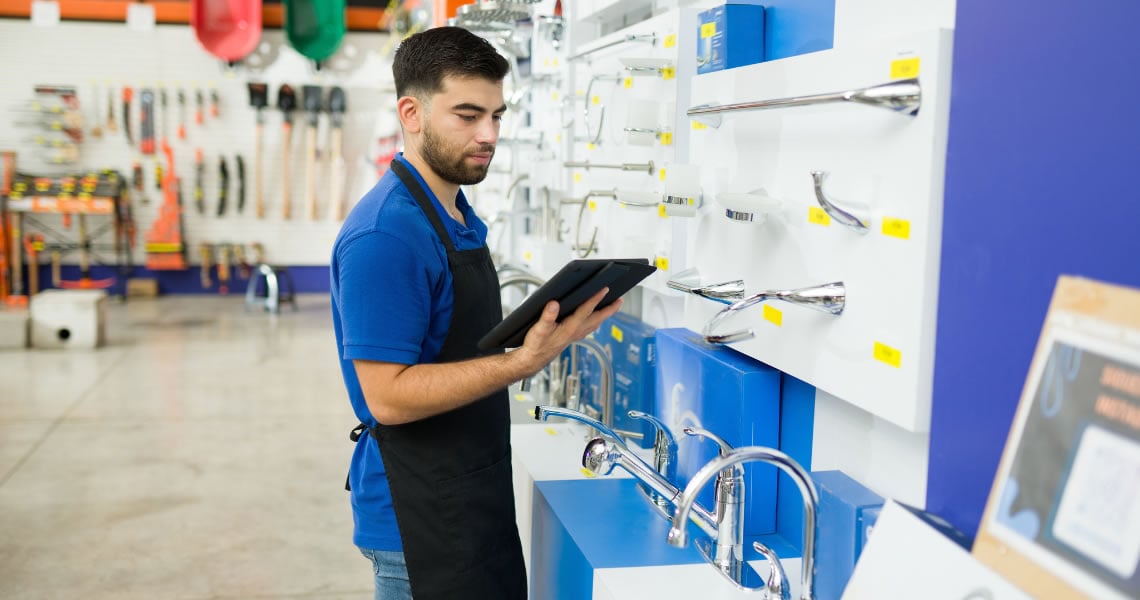Store profiling is an essential strategy in retail marketing that involves collecting and organising comprehensive information about each store in a retailer's estate.
This data is invaluable for future retail marketing campaigns, as it allows marketers to make informed decisions, minimise waste, and reduce costs. In this blog post, we'll delve into the significance of store profiling and how it benefits retail businesses.
Why Store Profiling Matters
Store profiling is a fundamental practice in modern retail marketing for several reasons:
-
Location Insights: One of the key elements of store profiling is understanding the precise location of each store. This includes details like city, neighbourhood, and proximity to key landmarks. This information is crucial for creating location-specific marketing campaigns and targeting the right audience effectively.
-
Store Size: Knowing the size of each store in your retail estate helps to determine the quantity of marketing materials needed for each location. Smaller stores may require fewer materials than larger ones, leading to cost savings.
-
Store Layout and Features: Profiling also involves identifying the store's physical attributes, such as the number of windows, bollards, poster frames, etc. This information aids in designing in-store displays and ensuring that marketing materials fit seamlessly within the store's layout.
-
Fixture and Fitting Types: Understanding the types of fixtures and fittings in each store allows retailers to tailor their marketing materials accordingly. For example, stores with specific shelving units or display stands may require custom-made promotional materials.
-
Regional Data: Profiling includes categorising stores by regions, enabling retailers to create region-specific marketing strategies that resonate with local customers.
How to Profile a Store
Profiling a store involves a systematic approach to gather and organise data. Here's how it's typically done:
Store Audit: Conduct a thorough audit of your store estate. This can be achieved by using one or more methods:
-
- Third-Party Specialists: Hire third-party retail specialists to perform in-person audits, ensuring accuracy and reliability.
- Staff Surveys: Distribute surveys to in-store staff with predefined questions, photo uploads, and structured response options. This method leverages the knowledge of employees on the ground.
- Data Validation: Utilise existing data and validate it with store visits or staff inputs to ensure accuracy.
Centralised Data Storage: Store all collected data in a centralised location. Using a platform like MauveTech streamlines data management, making it easily accessible for future marketing campaigns.
How Retailers Benefit from Store Profiling
Retailers leverage store profiling data to optimise their marketing efforts and achieve cost-efficiency:
Targeted Marketing: By tailoring marketing materials to each store's specific characteristics, retailers can create more targeted and relevant campaigns that resonate with local customers.
Cost Reduction: Minimising waste is a significant advantage of store profiling. Retailers like Toolstation use platforms like MauveTech to ensure that only the necessary marketing materials are sent to each store, reducing marketing costs significantly.
Store profiling is the cornerstone of effective retail marketing. By gathering comprehensive data about each store in their estate, retailers can make informed decisions, minimise waste, and reduce costs.
Implementing a robust store profiling strategy, like the one offered by MauveTech, empowers retailers to create highly targeted marketing campaigns and maximise their return on investment. Stay ahead in the competitive retail landscape by embracing store profiling as a fundamental part of your marketing strategy.
Would you like to hear more from Ian? Sign up here for weekly blog updates.
